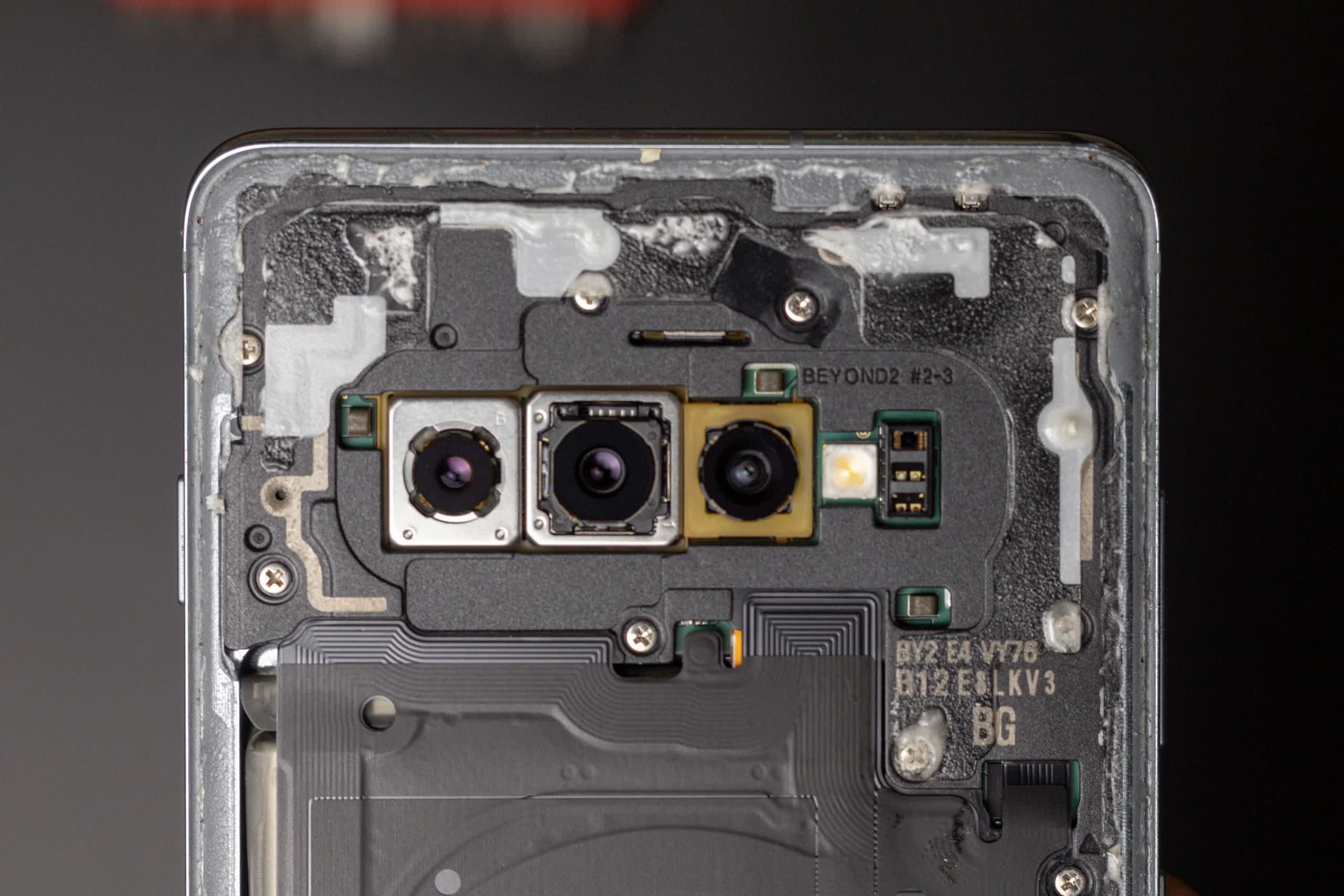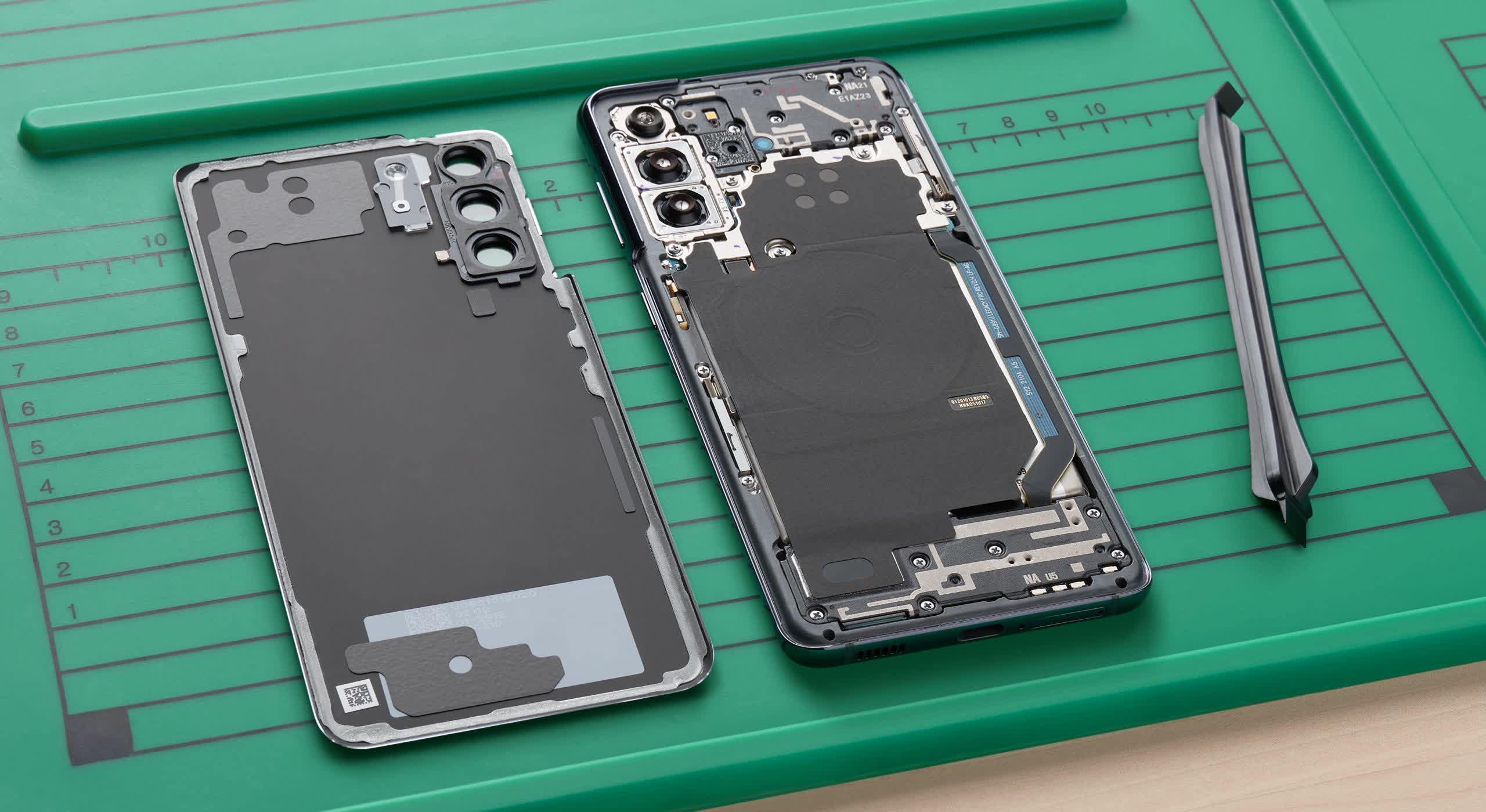What just happened? Samsung is now allowing select Galaxy device owners to repair their devices through a partnership with teardown specialist iFixit. The new self-repair program will allow DIYers to purchase genuine repair parts and easy-to-use tools from iFixit, Samsung retail and service locations and at Samsung 837, the company’s flagship store in New York City.
The program encompasses the Galaxy S20 and S21 family of products, as well as the Galaxy Tab S7+. These users will be able to replace their phone screen, back glass and charging ports. Newer flagships like the Galaxy S22 and Samsung’s line of foldables aren’t included.
New display kits will come with a return label to ship discarded components back to Samsung for recycling at no cost to the consumer.
Users will also have free access to iFixit’s extensive library of online repair guides that provide both visual and written step-by-step instructions. Should you run into a question, just hop over to the iFixit community forum to ask for help.

“Samsung Self-Repair is another way for customers to prolong the life of their devices, before they are recycled,” said Mark Williams, VP of customer care at Samsung Electronics America.
iFixit has been investing heavily in the DIY repair sector lately. Late last year, iFixit teamed with Microsoft to make it easier for consumers to repair Surface devices and in April, Google signed on to offer genuine repair parts for its Pixel phones. iFixit also sells replacement Steam Deck components including batteries, fans, thumbsticks and replacement displays.
Those who would rather let someone else do the dirty work can take their devices to more than 2,000 repair centers across the country where a typical job takes two hours or less. Samsung also has over 550 “We Come To You” vans that offer in-person service within a 30-60 minute drive. There’s even a mail-in service option should you want to send your device directly to Samsung for repair.
Sammy is further experimenting with a new feature called “repair mode” that protects sensitive data from nosy repair technicians. Given how useful this feature could be, we’re amazed but it doesn’t already come baked in at the OS level.
